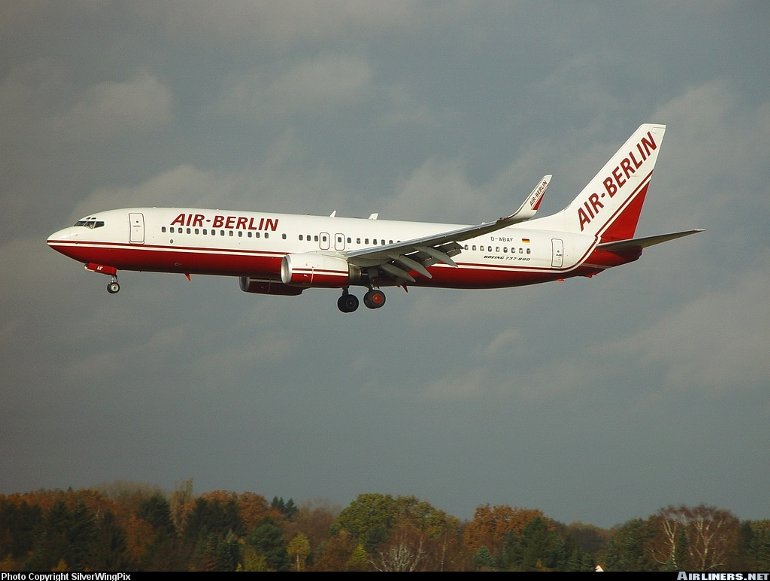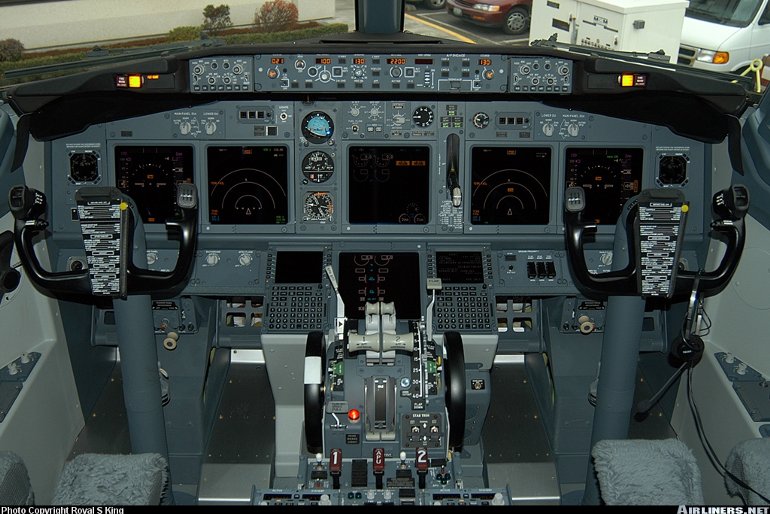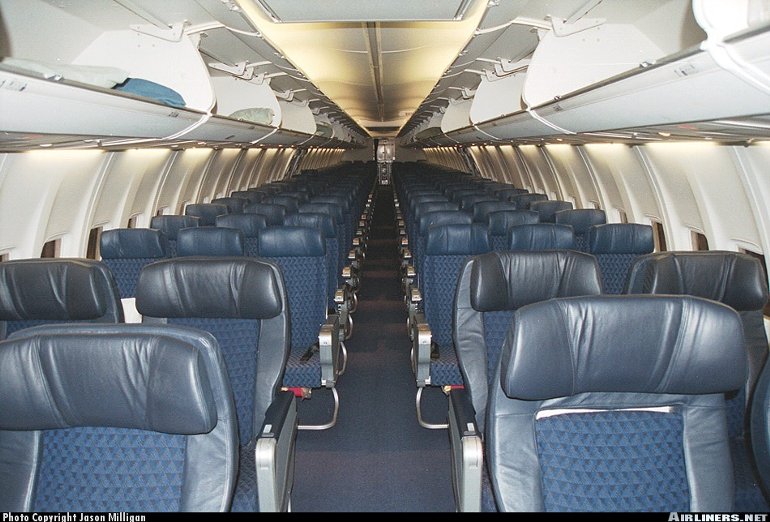Aircraft Technical Data
Boeing 737-800/900



| Details | |
| Country of Origin | United States of America |
| Type | Short to medium range airliners |
| History | Boeing's Next Generation 737-800 and 737-900 are the largest members of the strong selling 737 family. Unlike the other Next Generation 737s, the -800 and -900 introduce new fuselage lengths, extending 737 single class seating range out to 189, compared with 100 in the original 737-100. Like the -600 and -700, the -800 and -900 feature the Next Generation improvements including more efficient CFM56-7B turbofans, the new wing with greater chord, span and wing area, larger tail surfaces and the 777 style EFIS flightdeck with six flat panel LCDs which can present information as on the 777 or as on the 737-300/400/500 series, the latter allowing a common pilot type rating for the two 737 families. A HUD is optional. BBJ style winglets are offered as an optional feature for the -800. Until its launch on September 5, 1994 the 737-800 was known as the 737-400X Stretch. Compared with the -400 the -800 is 3.02m (9ft 9in) longer, taking typical two class seating from 146 to 162, while range is significantly increased. The -800 has sold strongly since its launch, and early 2002 was the highest selling Next Generation model. First flight was on July 31 1997, first delivery (to Hapag Lloyd) was in April 1998. The largest single order for the -800 series has come from the Irish budget carrier, Ryanair. After 28 had already been ordered earlier, a firm order for 100 aircraft was made in January 2002, with an option of another 50, to be delivered over the next 8 years. Ryanair will use the aircraft in a single class configuration, to seat 189 passengers A variant of the 737-800 is the Boeing Business Jet 2 (BBJ2), which is described separately. The 737-900 is the largest and latest member of the 737 family, and was launched on September 10, 1997 with an order for 10 from Alaska Airlines. A 1.57m (5ft 2in) plug forward of the wing and a 1.07m (3ft 6in) plug rear compared with the -800 increases seating to 177 in two classes (maximum seating is the same as the 737-800's due to emergency exit requirements). First flight was made August 3, 2000, and the first delivery (to Alaska Airlines) May 15, 2001. |
| Powerplants | 737-800 - Two 107.6kN (24,200lb) CFM56-7B24s, or two 121.4kN (27,300lb) CFM56-7B27s on high gross weight versions. 737-900 - Two 117kN (26,300lb) CFM56-7B26s, or 121.4kN (27,300lb) or 121.4kN (27,300lb) CFM56-7B27s in high gross weight versions. |
| Performance | Typical cruising speed Mach 0.785. Max certificated altitude 41,000ft. 737-800 - Standard range with 162 passengers 3585km (1990nm) or 5445km (2940nm) for high gross weight version. 737-900 - Standard range with 177 passengers 3815km (2060nm), high gross weight version 5083km (2458nm). |
| Weights | 737-800 - Operating empty 41,145kg (90,710lb), max takeoff 70,535kg (155,500lb), high gross weight max takeoff 79,015kg (174,200lb). 737-900 - Operating empty 42,493kg (93,680lb), max takeoff 74,840kg (164,000lb), high gross weight max takeoff 79,015kg (174,200lb). |
| Dimensions | 737-800 - Wing span 34.31m (112ft 7in), length 39.47m (129ft 6in), height 12.55m (41ft 2in). Wing area 125.0m2 (1344sq ft). 737-900 - Same except length 42.11m (138ft 2in). |
| Capacity | Flightcrew of two. 737-800 - Typical two class seating for 162 with 12 first class passengers at four abreast and 91cm (36in) pitch and 150 economy class at six abreast and 81cm (32in) pitch. Max single class seating for 189 at 76cm (30in) pitch. 737-900 - Typical two class seating for 177, with 12 first class at four abreast and 91cm (36in) pitch, max seating for 189 in a single class at 81cm (32in) pitch. |
| Production | 737-800 - 1028 ordered (including 8 BBJ-2s), with 664 (including 7 BBJ-2s) delivered by October 2002. 737-900 - 49 ordered, with 29 delivered by October 2002. |
| Related Links | Boeing 737-800/900 |
The backbone of this section is from the The International Directory of Civil Aircraft by Gerard Frawley and used with permission. To get your own copy of the book click here. |
|








